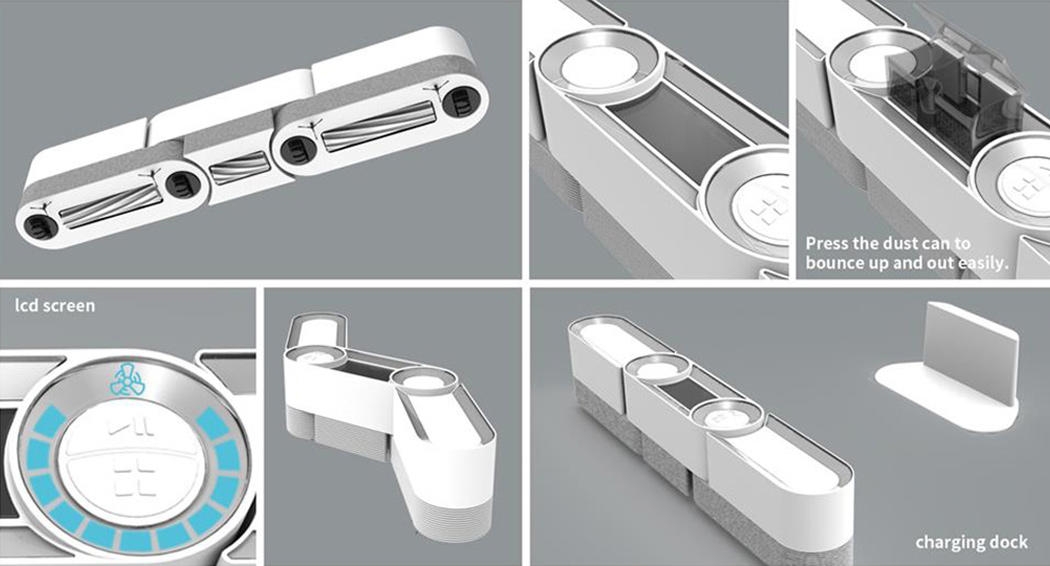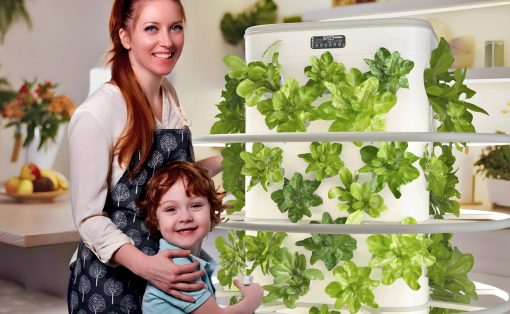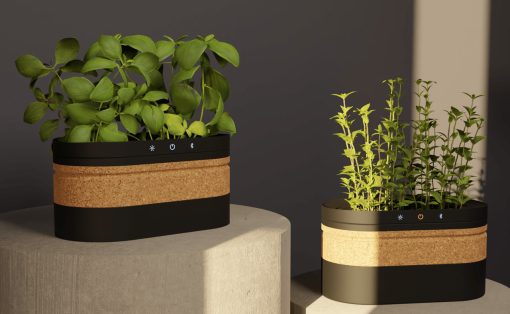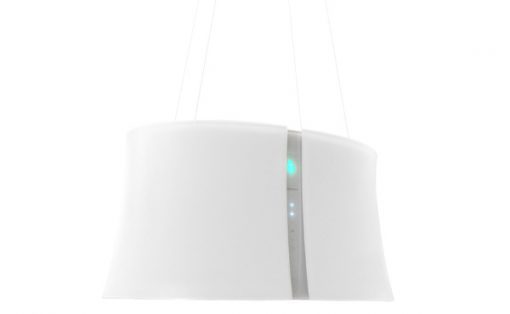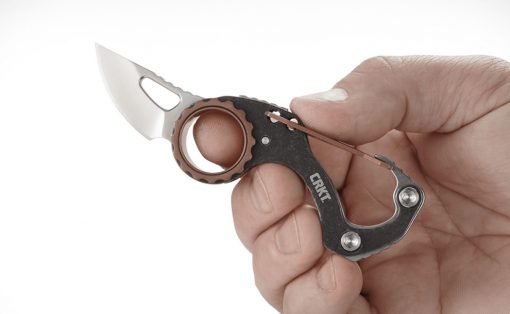
If you went online to purchase a robot vacuum cleaner, you would likely see several variations of a circular design. Although the curved shape allows the device to rotate and change directions with ease, the wide circumference prevents it from cleaning narrow gaps and corners.
The long, thin design of the folding robot vacuum can reach the tight spaces that other products can’t reach, including the corners of a room and the gaps in-between chair legs. Its shape gives the product its flexibility. Most robot cleaners consist of one fixed unit. In contrast, the folding vacuum, true to its name, has three sections connected by hinges, which allow the device to bend its body around obstacles in its path. Once done, the robot returns to its minimal charging stand, and one of the hinges stores the collected dust that can be popped out by pressing a button!
We’ve discussed the folding vacuum’s clear advantage when cleaning crowded spaces, but how would it fare in a large, unobstructed area? Would its narrow shape cover less ground than a standard cleaner? In reality, the folding vacuum would take advantage of its length, locking itself into a straight line and sweeping horizontally across the floor. This method could easily cover more surface area than a circular cleaner.
The folding vacuum is still in the conceptual stages, so we don’t know how a physical product would work in practice. I wonder how a prototype would map out and clean a space. I assume there will be directional sensors in the “head” and “tail” of the device, but perhaps the designer has a different solution in mind. I’m also curious to see what will change as the design progresses from concept to creation. But I think the folding vacuum could reinvent the standard design for future cleaning products.
Designer: 승민 김

